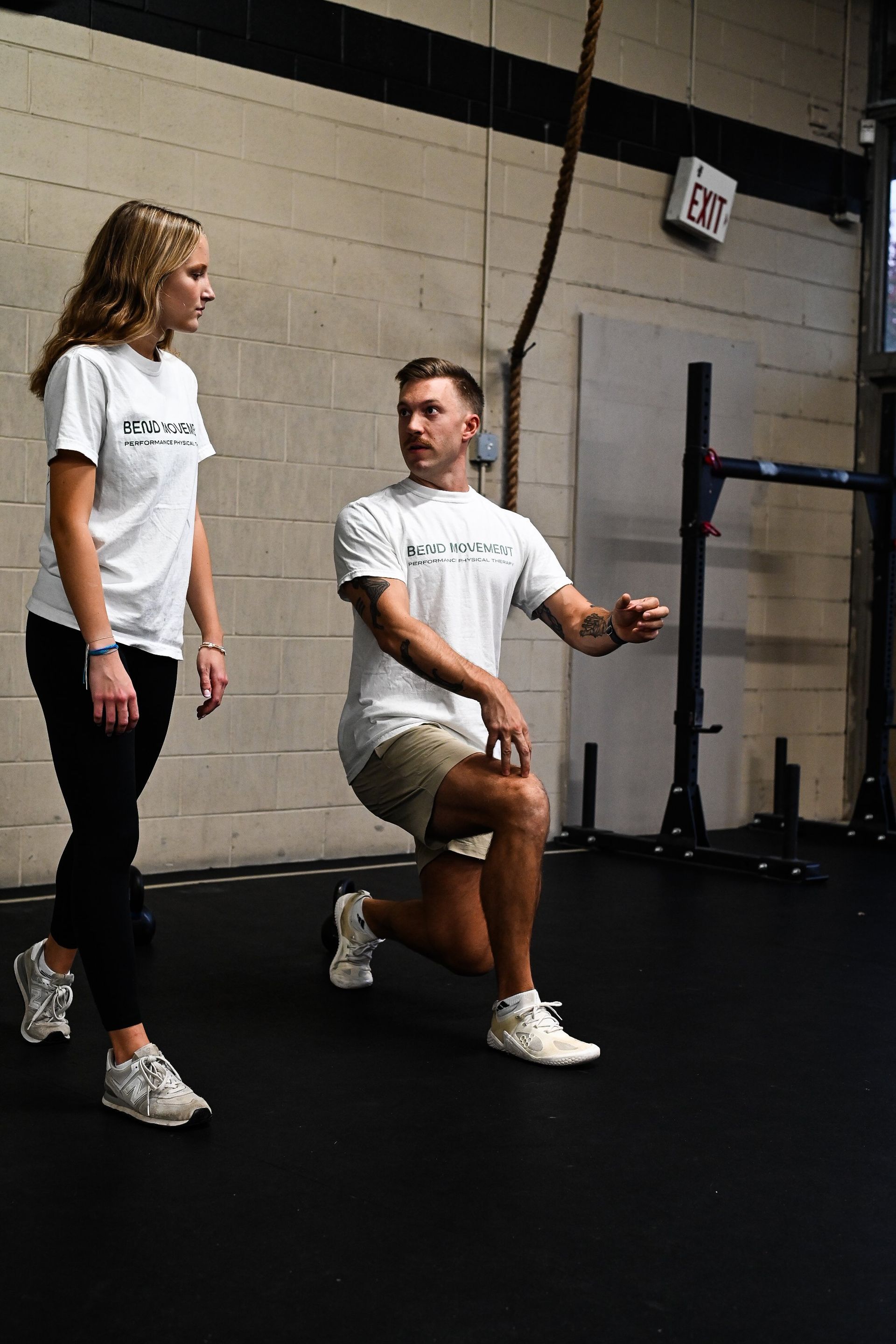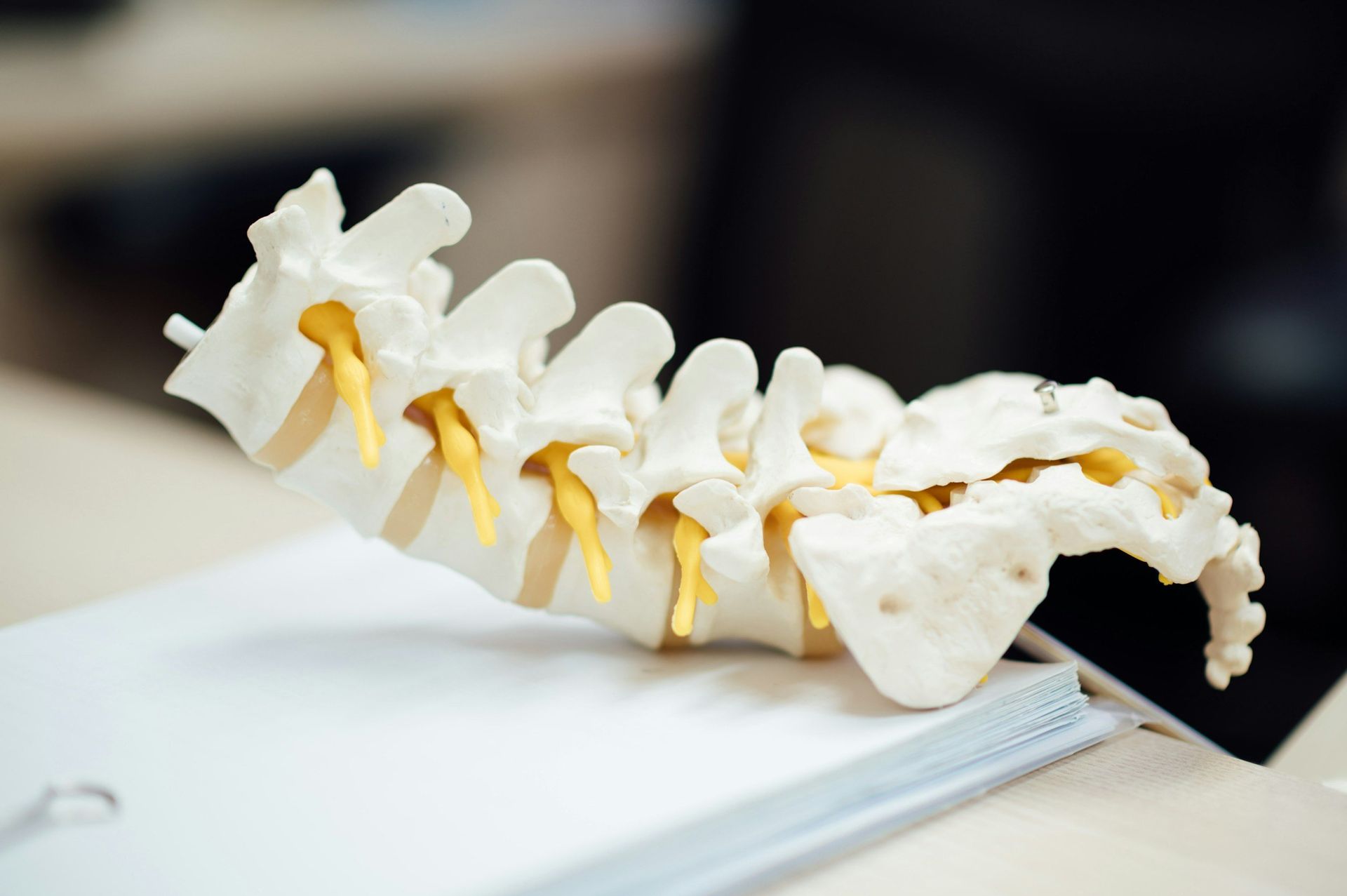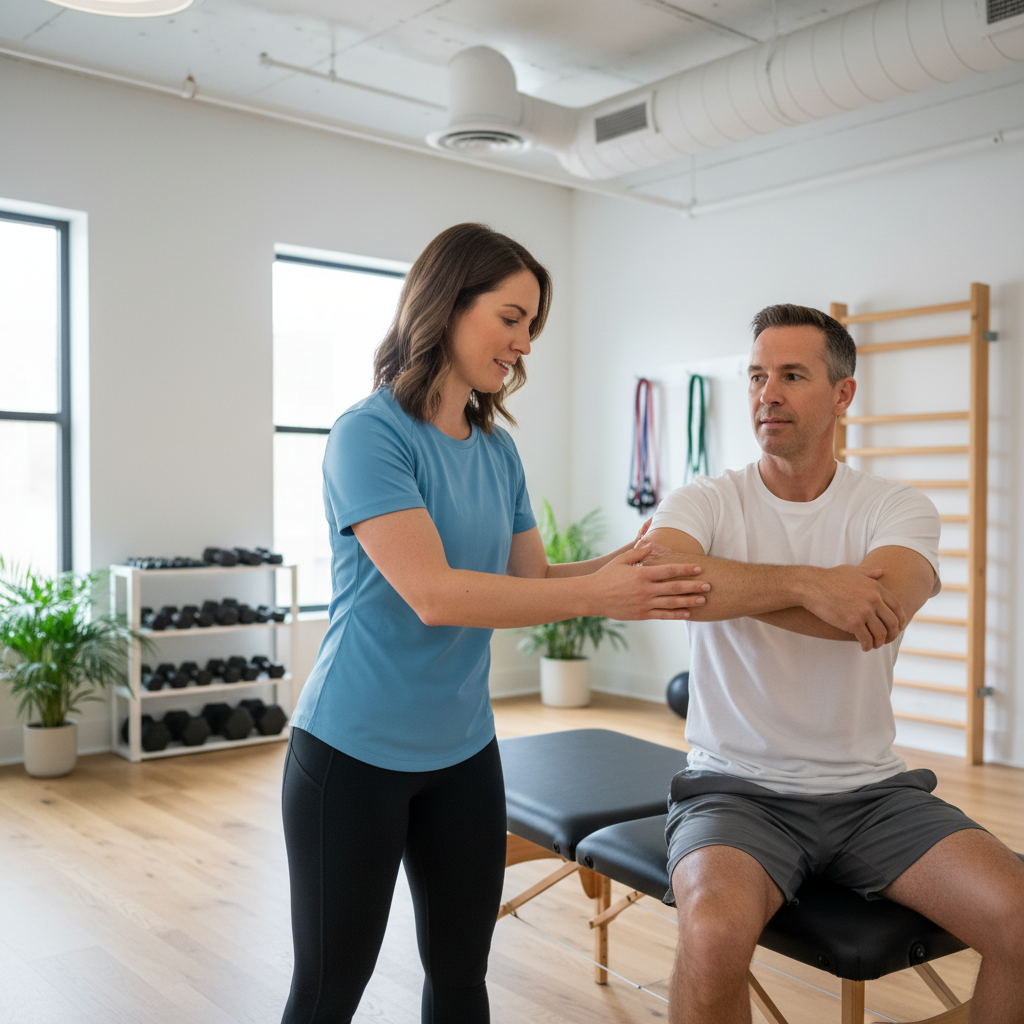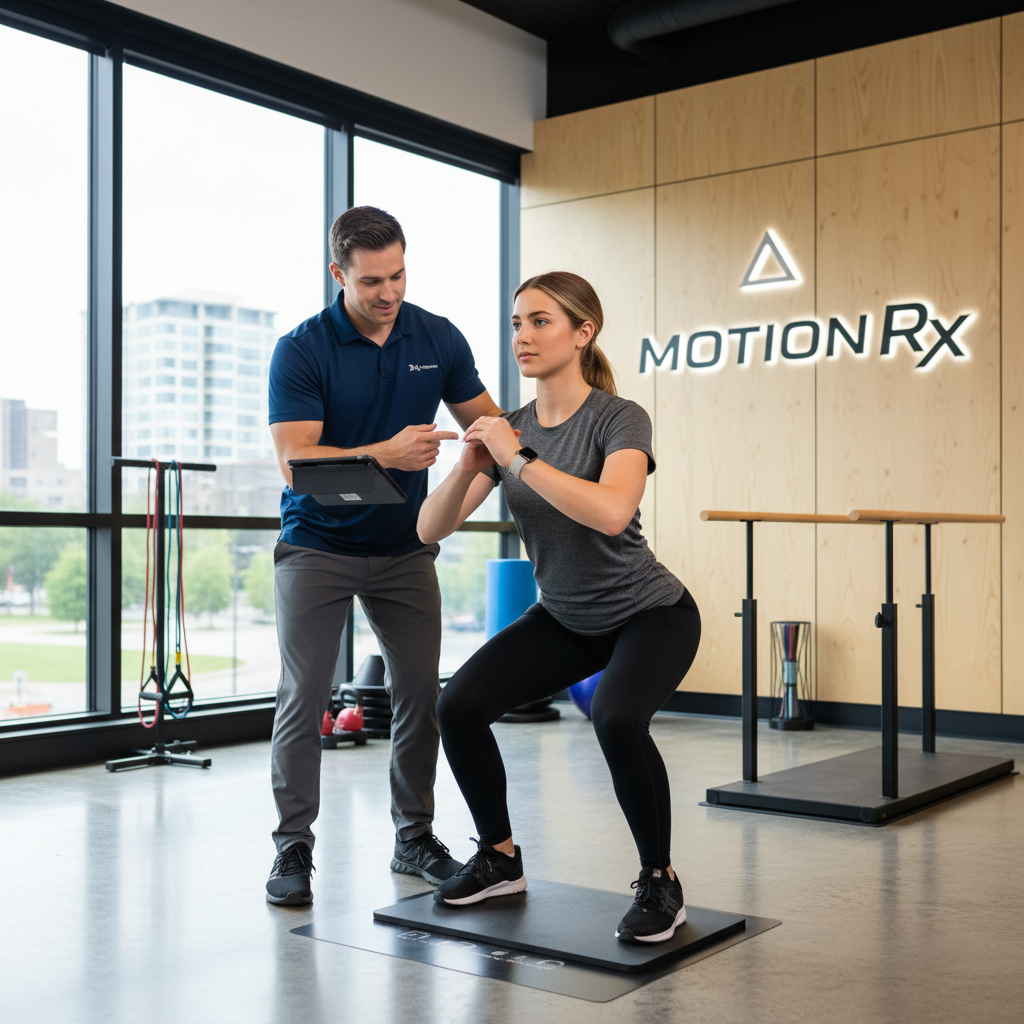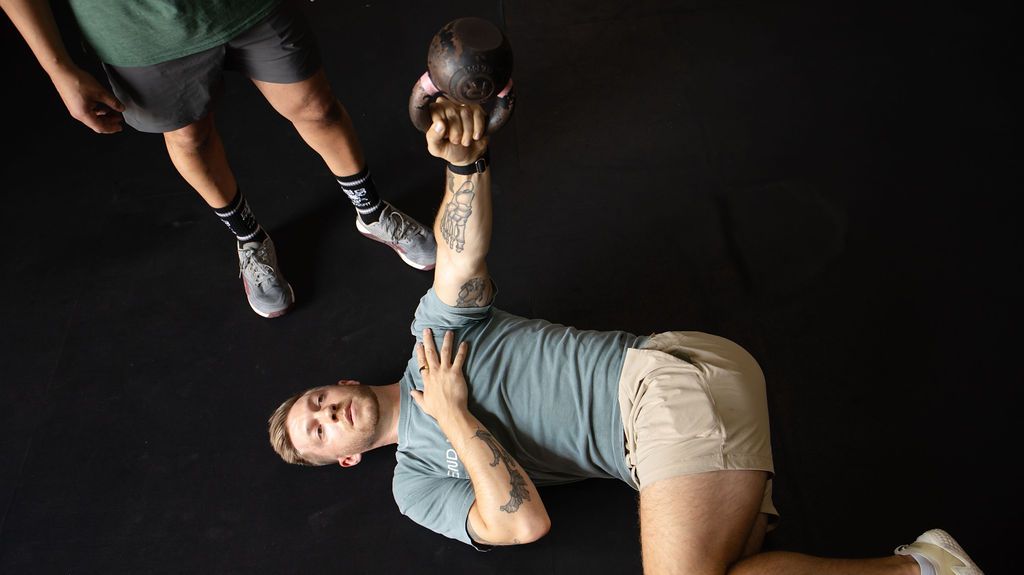Mastering Plyometric Exercises: A Safe and Effective Progression Guide
Mastering Plyometric Exercises: A Safe and Effective Progression Guide
Plyometric exercises, known for their explosive and dynamic movements, are a fantastic way to improve power, agility, and overall athletic performance. However, jumping straight into plyometrics without proper preparation can increase your risk of injury. In this blog post, we'll explore a safe and effective progression guide to help you build up to plyometric exercises, including using jump ropes, single-leg variations, and tips for incorporating them into your training program while avoiding overtraining.
Safe Progression:
Foundation Building: Before diving into plyometrics, focus on building a solid foundation of strength, stability, and proper movement mechanics through resistance training and functional movements.
Start Low, Go Slow: Begin with low-impact plyometric exercises and gradually increase intensity and complexity over time. Start with exercises like jump ropes, squat jumps, or box jumps with a low box height.
Listen to Your Body: Pay attention to how your body responds to plyometric training. If you experience excessive fatigue, soreness, or discomfort, scale back the intensity and volume of your workouts.
Ways to Include in Your Training Program:
Integrated Warm-Up: Incorporate low-intensity plyometric exercises into your warm-up routine to prime your muscles and nervous system for more intense activity. Examples include skipping, light pogo hops, and dynamic leg swings.
Main Workout: Incorporate plyometrics into your main workout as part of a circuit or as standalone exercises. Perform a variety of plyometric movements such as box jumps, split jumps, and lateral bounds to target different muscle groups and movement patterns.
Supplemental Training: Use plyometric exercises as supplemental training to enhance power and explosiveness in specific sports or activities. For example, basketball players can benefit from drills like depth jumps and lateral cone hops to improve agility and vertical jump height.
Progressing into Single-Leg Exercises:
Stability Training: Prioritize stability and balance exercises to prepare your body for single-leg plyometric movements. Incorporate exercises like single-leg squats, split squats, and single-leg deadlifts to improve proprioception and joint stability.
Gradual Progression: Start with low-intensity single-leg plyometric exercises such as single-leg hops or bounds and gradually progress to more challenging variations like single-leg box jumps or depth jumps.
How to Know How Much is Too Much:
Monitor Recovery: Pay attention to your recovery between plyometric sessions. Allow adequate time for rest and recovery to prevent overtraining and reduce the risk of injury.
Assess Fatigue Levels: Listen to your body and assess your fatigue levels during and after plyometric workouts. If you notice excessive fatigue or decreased performance, it may be a sign that you're doing too much.
Quality Over Quantity: Focus on the quality of your movements rather than the quantity. Perform plyometric exercises with proper technique and form to maximize effectiveness and minimize the risk of injury.
In conclusion, incorporating plyometric exercises into your training program can elevate your athletic performance and power potential. By following a safe and gradual progression, integrating plyometrics into your workouts, and listening to your body's signals, you can safely build up to plyometric exercises and reap the benefits of improved power, agility, and overall athleticism. Remember, consistency and patience are key to mastering plyometrics safely and effectively.
Want to know how plyometrics can fit specifically into a program for you? Work with a physical therapist who can help you safely gauge and progress your plyometric program to meet your goals. At Bend Movement Physical Therapy, we have helped a lot of people improve their power by incorporating this kind of training. Get started with us today!
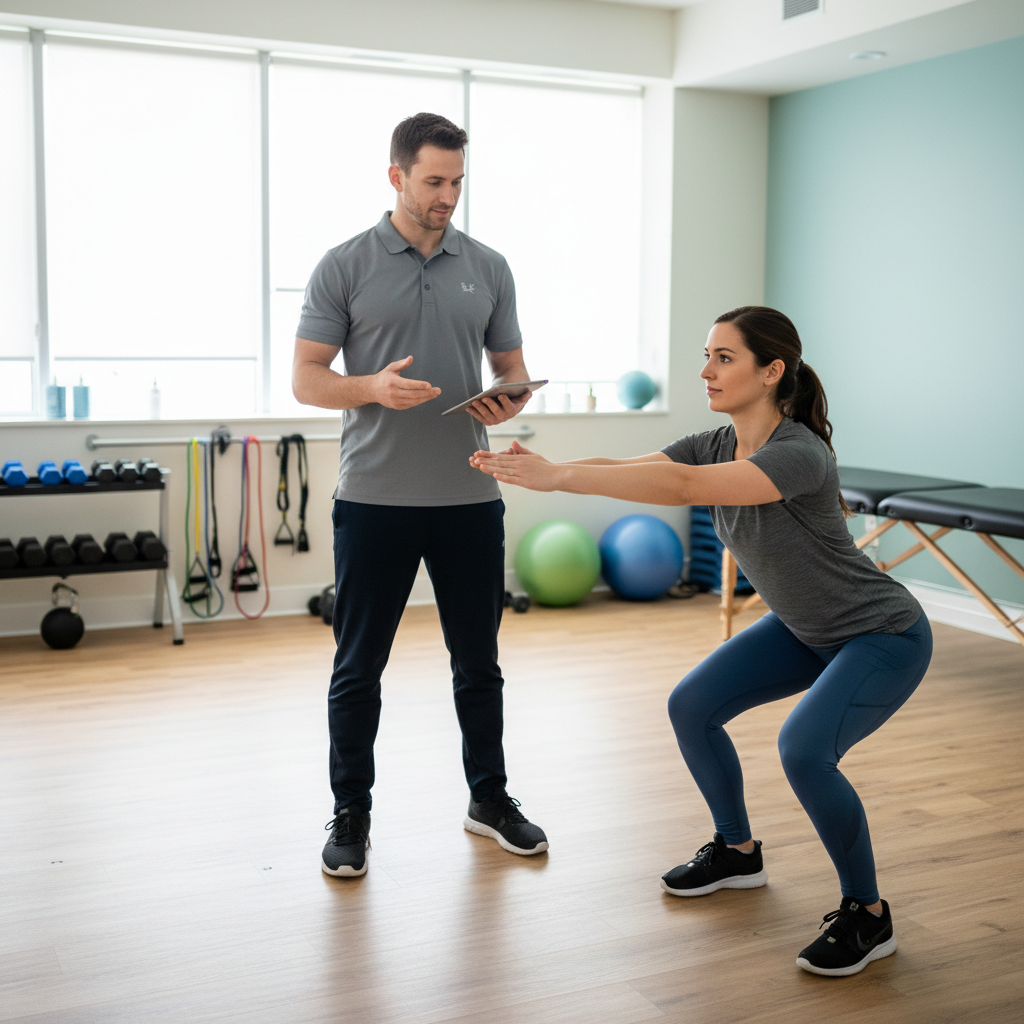
Physical Therapy in Henrico: Your Complete Guide to Recovery and Peak Performance with Bend Movement

